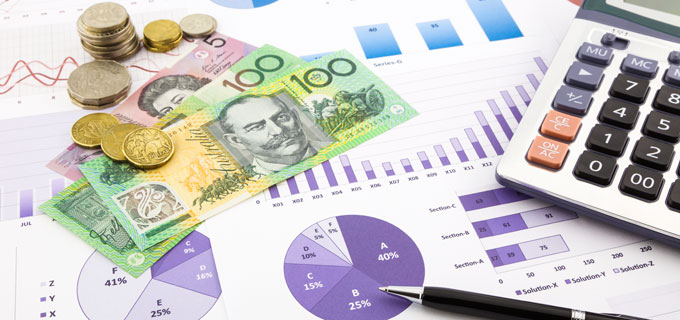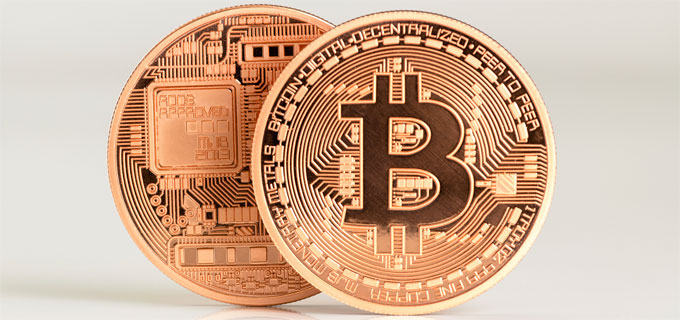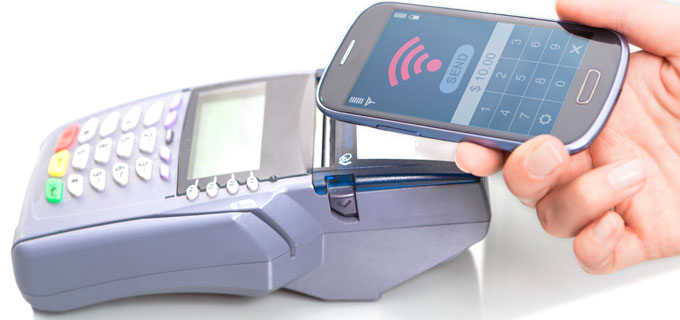RBA data suggests 40% of credit card values in Australia are now card-not-present
Change is pretty well the only constant when it comes to consumer payments. In Australia, we have seen a rapid uptake in contactless card use as well as increased use of online payments. Conversely, we have seen a rapid decline in personal cheque use as well as an ever-diminishing use of cash.
Monitoring changing payment usage can be notoriously difficult. The Reserve Bank of Australia (RBA) and APCA collect and publish statistics from industry participants on cheques, cards and electronic payments as well the number of ATMs and POS devices. However, other types of usage such as cash use and the split between card-present (point-of-sale) and card-not-present (internet, telephone and mail) transactions are more difficult to track. Consumers and merchants don’t regularly record or report their own payments activity – meaning we only get a partial picture of how payments use is evolving.




